Hallowed days before the beginning of the Admissions interviews for this year: how I love thee. Two days stretch before me, an infinity of time in which to drink some good teas.
Thanks again to Mr. and Mrs. Essence for samples of the last two of "Mr. Feng's" quartet of cakes being sold at Essence of Tea. The first two (going under the "Qingchan" name), priced at £69 and £56 for a 2007 and 2008 cake, respectively, were enjoyable - sweet, classical, stable.
These latter two cakes are sold under the "Shangyuancang" label, a fairly tortured description of which (provided by "Mr. Feng") may be found at the company's blog.
The "Shirui" cake refers to a "stone heart", where the latter "rui" (pronounced "roo-ey") is the centre of a flower, according to my dear wife, perhaps approximately similar to the stamen.
This cake has sold out, whereas the other four have not, and I am unsure as to why that might be so. It could be something to do with the product description which reads "An excellent tea. I could drink this every day!" If indeed that is why the cake has sold out, then vendors are undoubtedly taking note when it comes to writing future descriptions...
Getting straight to the point, I liked this cake - a significant amount more than I liked the two "Pure Zen" cakes from 2007 and 2008. The leaves, as pictured above, are lovely to behold. I noticed a complete absence of any scent about the dry leaves for both teas tried today, but that is perhaps because of the freezing-cold climate in England at the time of writing. Certainly, the cakes were both lively enough, today.
This cake yields a soup that is really very solid indeed, completely filling the mouth with its padded fullness. The sweetness is prodigious, and constant, and very large indeed, swelling to fill the throat, where it dwells for a goodly amount of time.
The "Shirui" does indeed feel like it has a stone heart: it is so extraordinarily dense, and leaves such a "heavy" feeling in the body, that it is a great pleasure to drink and a very real comfort, in times of chilliness. I am left feeling calm, serene, and rather full. It brews this way for many, many infusions.
While it does not have a diverse range, what is present is solid, immense, and really rather dense. I can see why Mr. Essence gave it such praise. Were it not sold out, I would be tempted to take a cake for reference.
I mentioned my discomfort at the use of Zen as a means to shift cakes, and this pair sees us changing gear: the cake name (Zhiqingdaohe, "Djer-ching-dao-her") refers to "reaching pure Way harmony", approximately. We have therefore turned to Taoism for this cake, in exchange for Zen, and complete the compliment by adding the opening passage from the Yijing onto the wrapper of the cake, which was Confucius' favourite text.
Both of these cakes came from "Menghai", allegedly from a small village with old trees, etc. I rather enjoyed flicking through "Mr. Feng's" holiday snaps from when he made these cakes, which you should be able to find at the company web-site. Perhaps endless photos of trees and leaves are an acquired taste.
Unlike the "Shirui", this "Zhiqingdaohe" is actually a blend from 2008, 2010, and 2011. The result is a maocha that is much more pretty than any of the other three cakes, with some really very pleasant leaves to gaze upon (pictured below).
This cake is differnt in style to the "Shirui" - it is not as pure and sweet, but it is more interesting: it has a thinner body, but a more complex appeal, and it actually evolves over the infusions, compared with the stable constancy of its cousin. It is long-lasting, obviously of good quality, and keeps me happy while I rediscover that masterpiece from the late 1990s, "Baldur's Gate" (pictured below), recently re-released for the iPad in an "extended edition".
A cake needs to be good to tear my attention away from the intricacies of 2nd-edition Dungeons and Dragons, and this cake just about manages that epic task.
As always, we come down to the price. The pricing of these cakes is such that they make one pause for thought, and compare what else we might obtain for a similar price.
The difficulty that (almost all) vendors face is one of "wiggle room": if we have yoinked up the prices of modern cakes to a "premium" price-range, then there is little extra room for increasing the prices as they age. We end up, therefore, with the interesting situation that some modern cakes cost approximately the same as older cakes.
This curious state of affairs is common to all vendors, and is not a criticism, but an observation: as a merchant, one wishes to demonstrate that one's wares are good quality, and charge an appropriately high price for them. This is business, not charity, after all. However, once the (let's say, for argument's sake) latest 2012 Hailanghao cake is priced at $200, how can one price older cakes in a consistent and realistic manner?
As many have pointed out before, it is often the case that cakes of similar quality can be obtained at a much older age for a very similar price to "premium" modern cakes. A dilemma for the pricing of merchants everywhere, and perhaps for the buying habits of drinkers, too.
I imagine that we all have our individual solutions to that dilemma. I suspect that you are aware of mine own solution, given my buying patterns.
Thanks again to Essence of Tea for an introduction to two lovely cakes; it is rather ironic that the cake I enjoyed the most is no longer for sale, but I imagine that those facts are not independent...

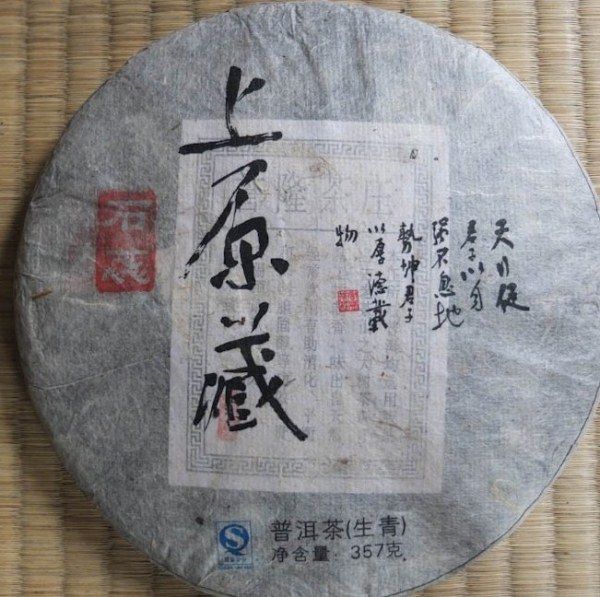
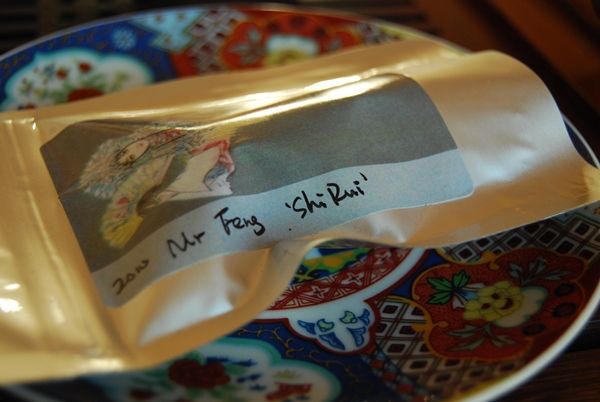
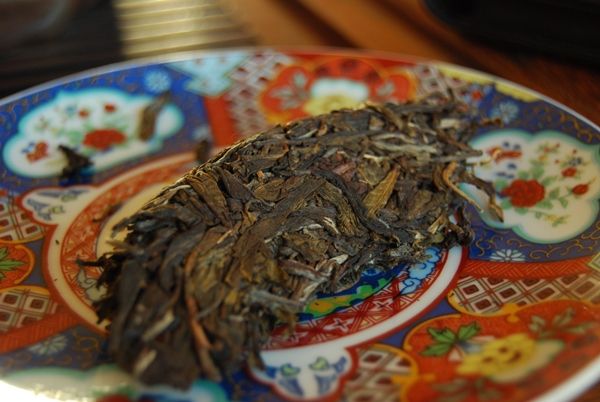


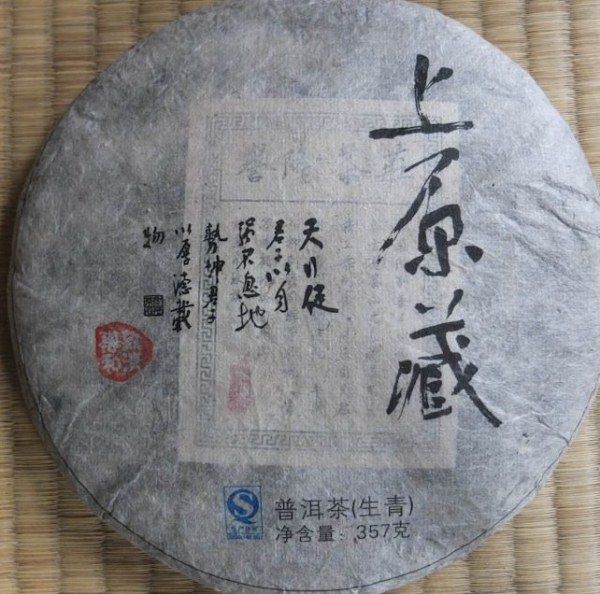
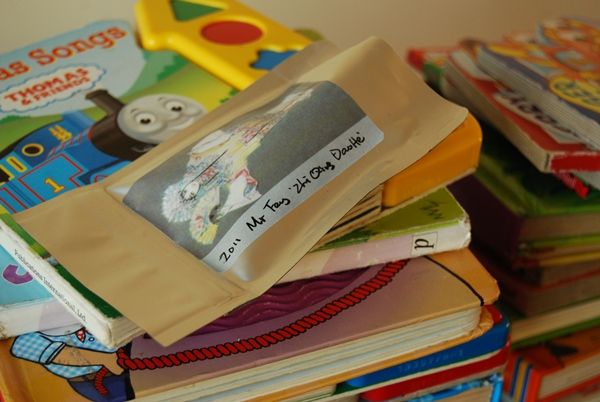
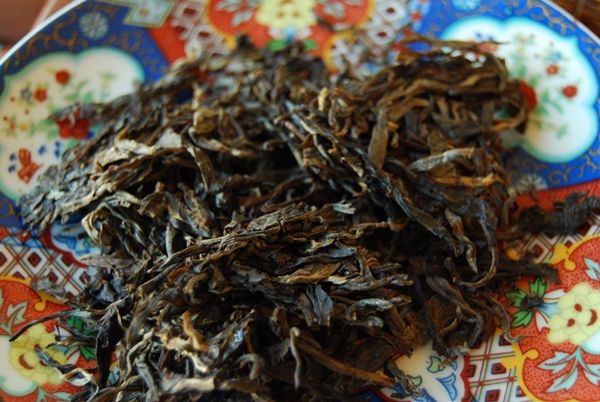
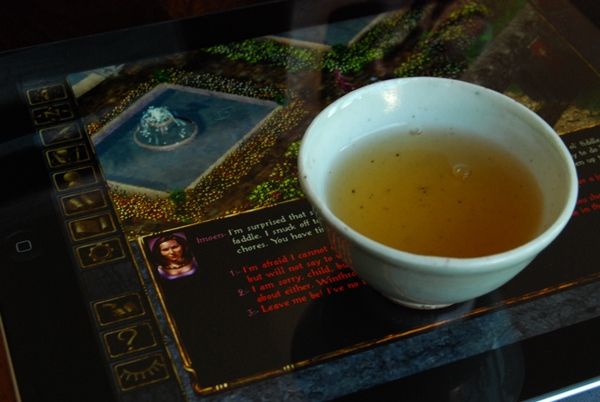
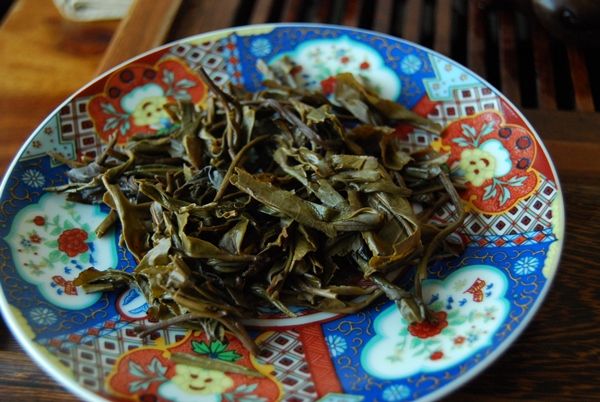
8 comments:
Poor Gorion, seems he's living through his last minutes right now...
After all Fallouts, Skyrims, KOTORs, I'm still waiting for a better game than BG 1&2.
Jakub
I don't know I love me some skyrim.
Non Beijingers would object to your addition of the "r" in your orthography.
This doesn't have anything to do with this post but I have a question about the tea tray you use. I purchase one and it does help with breaking down puerh. In your 2008 8582 post it shows you separating leaves from fannings and I can't figure out how to do it as well as you did. Any tips?
Drew
GN: I do too! A love the games I mentioned - all of them. And Arcanum, got to mention that one too. But Baldur's Gate is... Baldur's Gate.
Jakub
Just my input on separating leaves from fannings.. I do use a tea tray myself as it helps to contain the leaves when removing them from a brick.. I will either use the tray to separate the fannings by giving it several shakes letting the broken small leaves settle to the bottom.. and scooping off the intact unbroken leaves on top. Two sheets of clean paper also work fantastically for this. Shaking the leaves in one and scooping intact leaves into another sheet.. and repeating.. The broken bits usually are a determent to a clean unmuddy tasting brew.
My 2 cents..
Baldur's Gate and puer - now that's how you slay an afternoon.
Dear Jakub and Twodog,
Poor old Gorion. He always tries so hard, but I have avenged him several times over, during the past decade.
Dear GN,
I am happy to merely gaze at the odd Youtube video of Skyrim - if I bought a console or PC capable of playing the game, it would not get played given the demands of life! The iPad version of Baldur's Gate (and of most games) is an optimum for me because its format means that you can start and stop at any interval - whenever you have five minutes. :)
Dear Drew and Mighty,
The teatray is great for separation; I think I wrote about it ages ago when its powers came as something of a revelation to me! Basically, I tip the tea to one side and then gently shake it, so that the tiny fannings fall to the side, and so that the larger leaves remain on top, and are therefore easily removed. Very useful!
Toodlepip,
Hobbes
Post a Comment